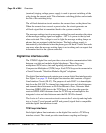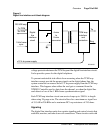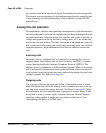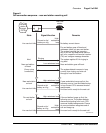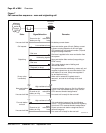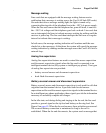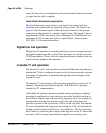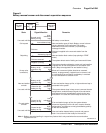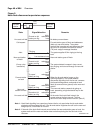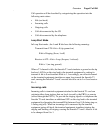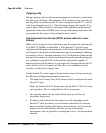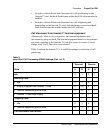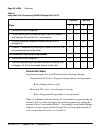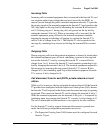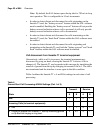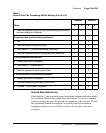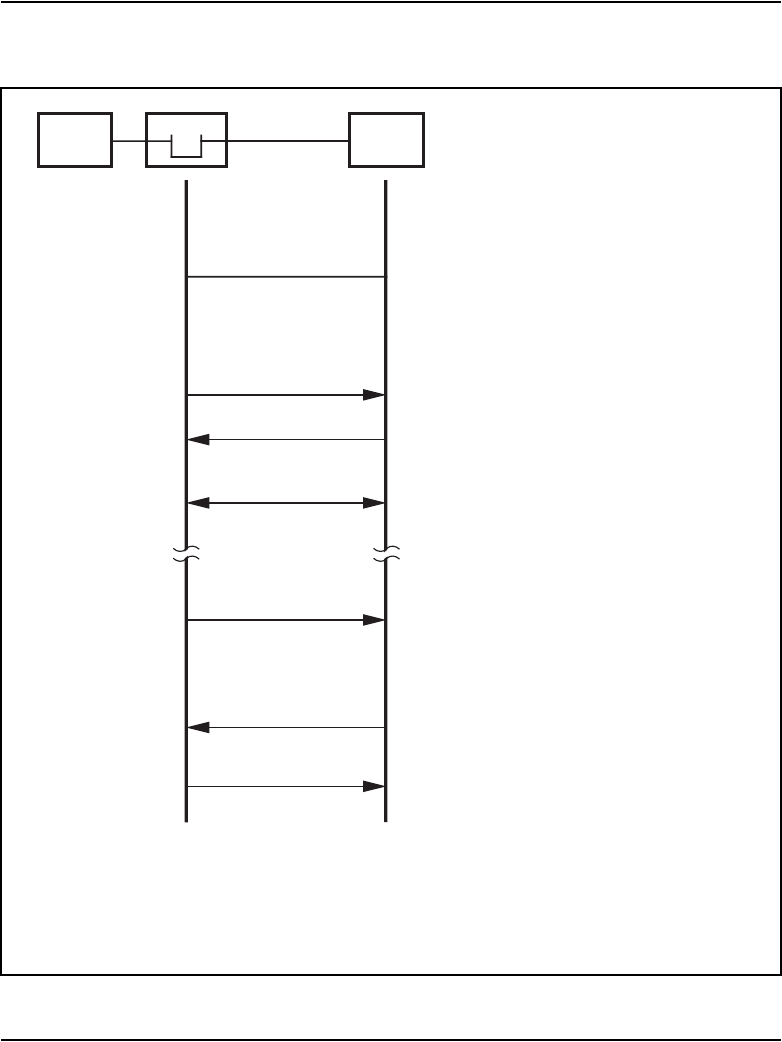
Page 46 of 894 Overview
553-3001-211 Standard 2.00 September 2004
Figure 9
Hook flash disconnect supervision sequence
High-
resistance
loop
Line card unit idle
(2-way voice
connection)
Remarks
Ground on tip/
battery on ring
Signal/directionState
System
No battery current drawn.
Far-end station goes off hook and addresses
(dials up) near-end station. The system
receives the incoming call and determines that
the call is for a specific unit terminal number
(TN) and assigns message timeslots.
The system applies 20 Hz ringing to the ring
lead.
Ringing
Low-resistance loop
Near-end station
off hook
Near-end station goes off hook.
The system detects increase in loop current,
trips ringing, and cuts call through to near-end
station.
Alert
Call request
Line
card
Low-
resistance
loop
Far-end station
on hook
When the far-end station hangs up, the
following happens: The system detects
disconnect signalling from the far end, removes
the timeslot assignments, and sends a hook
flash (tip removed from ground) to the near-end
station.
Near-end
station on hook
Tip open/
battery on ring
Tip open/
battery on ring
The near-end station responds by going on
hook, presenting a high-resistance loop to the
system.
High-
resistance
loop
Line card unit idle
Ground on tip/
battery on ring
At the end of the hook-flash interval, the
system returns the tip to ground. The line
card unit is then ready for the next call. (Note 2)
High-
resistance
loop
Note 1:
Hook-flash signalling is a supervisory feature that is only used when the far-end station
originates and terminates the call. If the far-end station originates the call but the near-end
hangs up first, a hook flash is not sent.
Note 2:
If the end of the hook-flash interval occurs before the near-end station goes on hook, the
system waits until the near-end station does so before placing the line card unit in the
idle state.
553-AAA1116
Near-end
station
Far-end
station
Ground on tip/
battery on ring
Low-
resistance
loop



